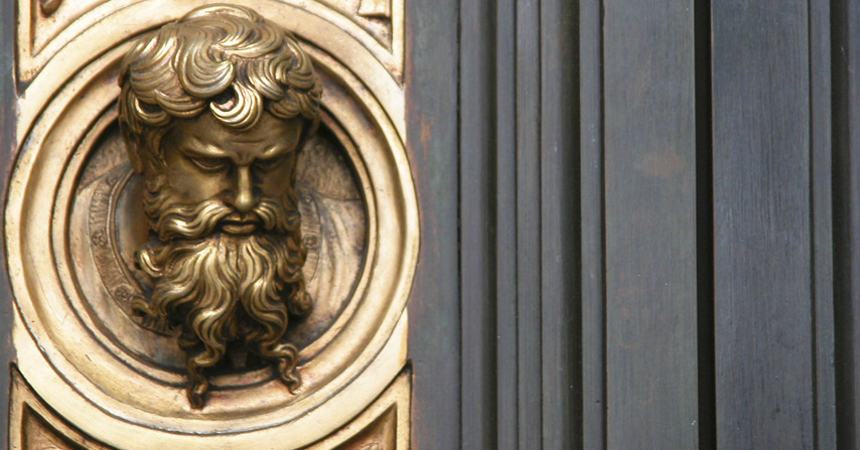Trajan may be the perfect headline font. It is strong, but subtle and elegant as well. It seems to connote mastery, or even supremacy. Perhaps that is because it is derived from Roman capital letters used during the reign of Trajan – one of the few rulers whose reputation has survived nineteen centuries. Every new emperor after him was honored by the Senate with the prayer felicior Augusto, melior Traiano, meaning “may he be luckier than Augustus and better than Trajan”.
The font is an old style serif typefaces designed in 1989 by Carol Twombly for Adobe. The design is based on the letterforms of capitalis monumentalis or Roman square capitals, as used for the inscription at the base of Trajan’s Column. Since lower case forms were not in use in Roman times, Trajan is an all-capitals typeface. Instead, small caps are commonly used. A number of interpretations predate Trajan, particularly Emil Rudolf Weiss’ “Weiss” of 1926, Frederic Goudy’s 1930 “Goudy Trajan,” and Warren Chappell’s “Trajanus” of 1939. There are also numerous prominent typefaces that are not revivals, but owe a very clear debt to the Trajan letterforms, most notably Hermann Zapf’s 1955 Optima.
Twombly’s cut of Trajan has become very popular, as seen in its nearly constant presence on American movies, television shows and books. For example, the font was used for the film poster of Titanic, for the credits of several films like Interview with the Vampire, the titles and captions for The West Wing and the covers of many John Grisham paperbacks. Trajan is also the official font of Columbia University, Rice University, University of Kansas and many other institutions and political groups.


